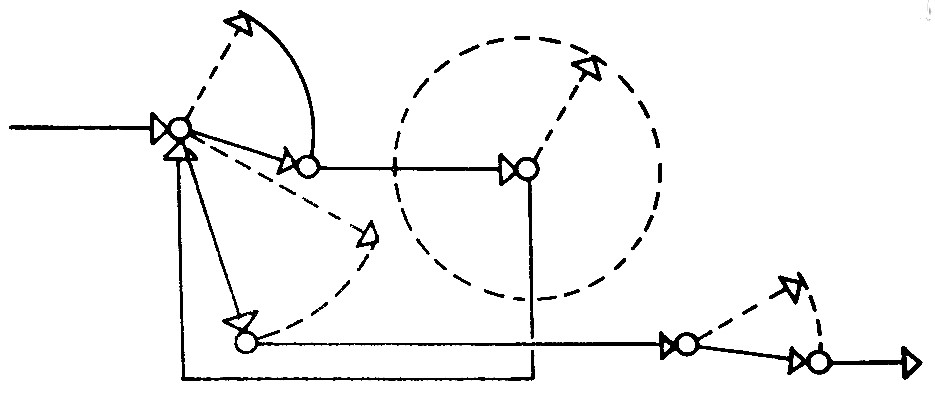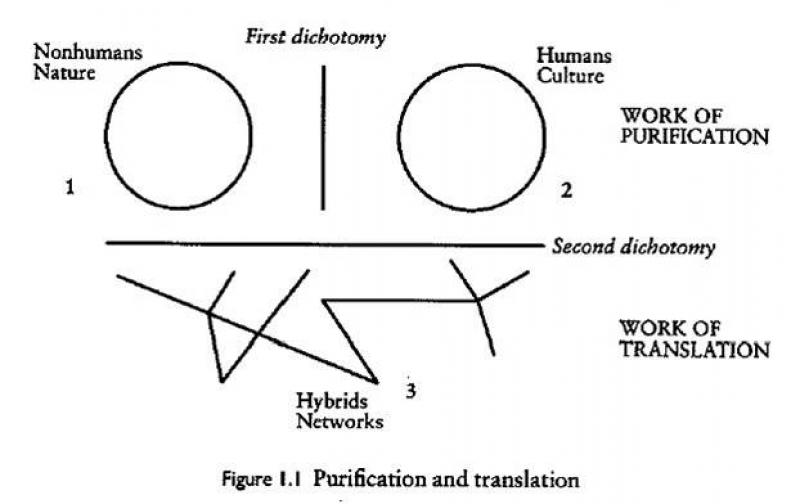Schiffman, Shirl S. (1986) Instructional Systems Design. Five Views from the Field. Journal of instructional. Vo. 3. Nr. 9.
Innovationsmanagement (Projektemacherei)
Projekt 5. Semester (Design)
Whenever an economy or a sector of an economy adapts itself to a change in its data in the way that traditional theory describes, whenever, that is, an economy reacts to an increase in population by simply adding the new brains and hands to the working force in the existing employments, or an industry reacts to a protective duty by expansion within its existing practice, we may speak of the development as adaptive response. And whenever the economy or an industry or some firms in an industry do something else, something that is outside of the range of existing practice, we may speak of creative response. Creative response has at least three essential characteristics.
(a) with quality of the personnel available in a society,
(b) with relative quality of personnel, that is, with quality available to a particular field of activity relative to quality available, at the same time, to others, and
(c) with individual decisions, actions, and patterns of behavior.
Accordingly, a study of creative response in business becomes coterminous with a study of entrepreneurship. The mechanisms of economic change in capitalist society pivot on entrepreneurial activity. Whether we emphasize opportunity or conditions, the responses of individuals or of groups, it is patently true that in capitalist society objective opportunities or conditions act through entrepreneurial activity, analysis of which is at the very least a highly important avenue to the investigation of economic changes in the capitalist epoch. This is compatible with widely different views about its importance as an „ultimate cause.“
Zitiert aus: Schumpeter, J.A. (1947). The Creative Response in Economic History. In: The Journal of Economic History, Vol. 7, No. 2. (Nov., 1947), pp. 149-159.
Ein abstraktes Modell (Rittel, 1992) zeigt den Scanning-Prozess … als offenen Suchprozess.
Rittel, H. (1992) Planen Entwerfen Design. Stuttgart, Berlin, Köln: Kohlhammer. S. 79 bzw. 86

Das Kapitel NETZWERKANALYSE aus meinem letzten Buch „Die Eigenlogik des Designs“
Netzwerkanalyse (in: Die Eigenlogik des Designs)
Buurman, G.M. & Rölli, M. (2014). Die Eigenlogik des Designs. Zürich: Niggli. S. 122ff.
Wenn wir über Projekte sprechen, dann formulieren wir unsere Beobachtungen und verwenden dabei spezifische Codes, die etwas markieren: Zeit, Ort, Akteur, Handlungen, Prozesse, Werkzeuge, Imperative, Situation, Problem, Entwurf, Test. Um komplexe Projekte zu verstehen, können wir Codes nutzen, um Erzählungen zu verstehen und Ordnungen zu erzeugen.
Siehe: Buurman, G.M. & Rölli, M. (2014) Eigenlogik des Designs. Zürich: Niggli.

Purification: Natur und Kultur werden unterschieden (first dichotomy) in zwei diskrete Einheiten separiert. Ontologische Ordnungen enstehen …
Translation: Neue Einheiten, Mischungen, Figurationen und Hybride zwischen Natur und Kultur entstehen …

Latour, B. (1996) We have never been modern. Cambridge, Massachusetts: Harvard University Press. S. 11
Benoît Godin, B. (2012). Social Innovation: Utopias of Innovation from c.1830 to the Present. Project on the Intellectual History of Innovation Working Paper No. 11.
social-innovation-utopias-of-innovation-from-c-1830-to-the-present